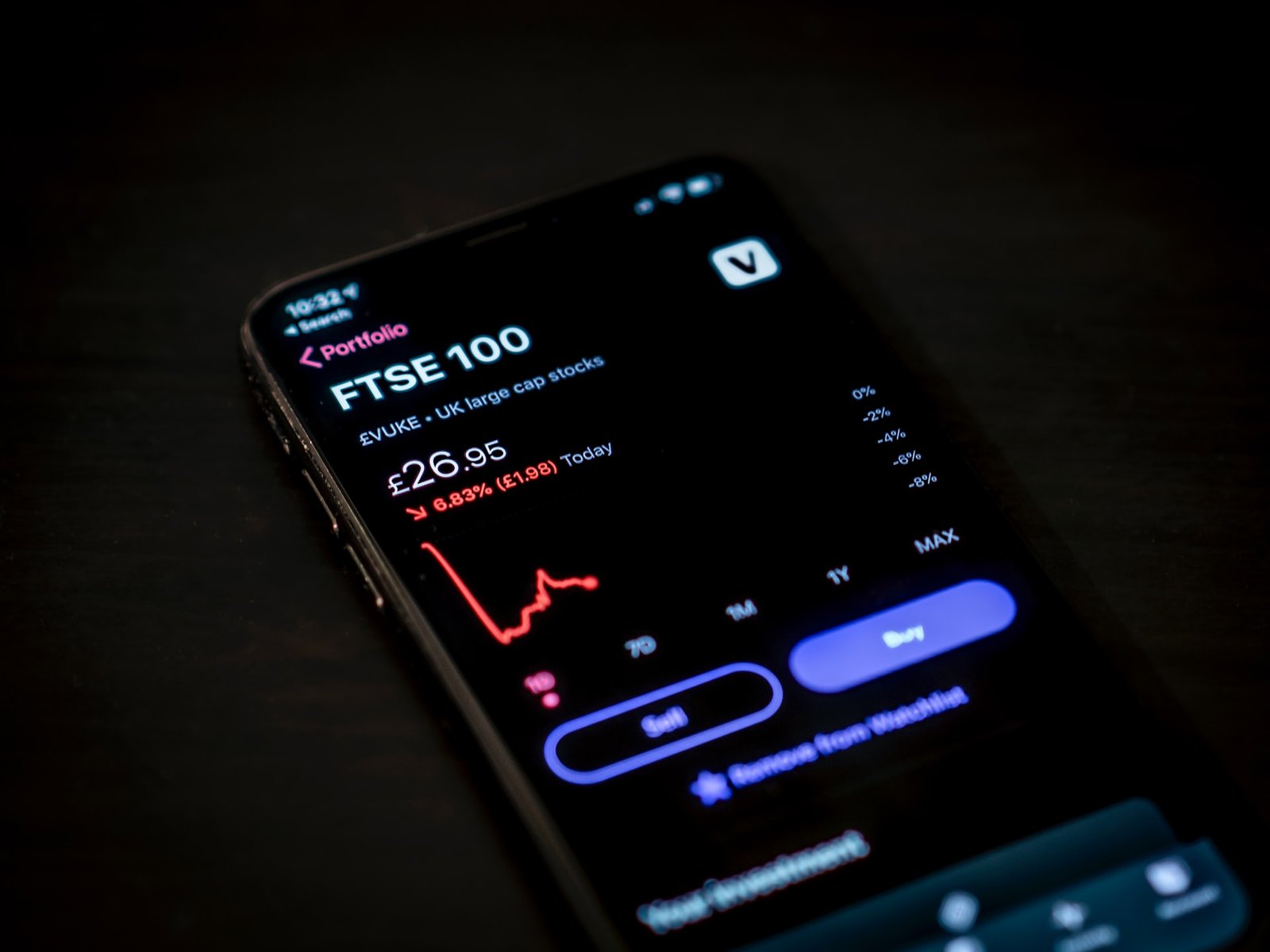For Covid-19, what is ‘safe distancing’? It depends…
One meters or two? Or is it six? When it comes to coronavirus social distancing, there is no single rule of thumb, researchers cautioned this week in a study.
Indoors or outside; the velocity and pattern of air flows; whether one is whispering, shouting or sneezing; air conditioning or open windows; duration of exposure; whether one is wearing a mask — all of these elements will determine how far is far enough when it comes to steering clear of Covid-19 infection.
“Rigid safe distancing rules are an oversimplification based on outdated science and experiences of past viruses,” said lead author Nicholas Jones, a researcher at Saint Thomas Hospital in London.
“Instead of single, fixed physical distance rules, we propose graded recommendations that better reflect the multiple factors that combine to determine risk.”
Around the world, living with Covid-19 has become a reality.
A widely available vaccine is months away at best, and the number of cases is on the rise again in many countries that had succeeded in bringing the epidemic under control.
But governments at all levels — eager to avoid the lockdowns that devastated their economies — are looking for ways to fine-tune policy responses in a middle ground.
On Thursday, for example, France’s prime minister — flanked by his ministers of education and health — outlined new measures that included mandatory mask wearing in Paris and its immediate suburbs, among other regions.
Previously, masks had been obligatory only in public transport, shops, and public buildings. (AFP | Marlowe Hood)



